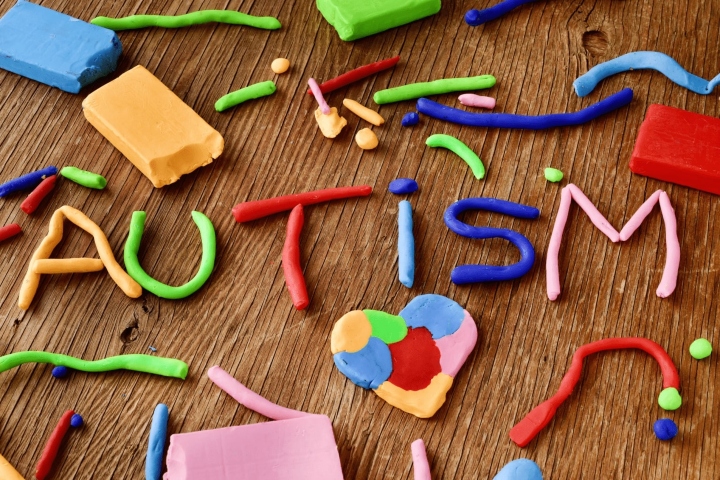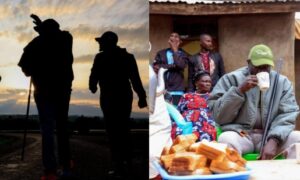Minnesota’s welfare system was designed to help the vulnerable. Autism therapy. Housing support. Child-nutrition programmes.
But recently, investigators say those lifelines were hijacked by criminal networks involving some individuals within Minnesota’s Somali community: a vast, coordinated scheme that spanned autism services, Medicaid housing support, and pandemic relief meals.
The numbers are enormous. The tactics were intricate. And the stakes, investigators warn, stretch from Minneapolis to Mogadishu.
Federal officials now describe the state as facing one of the largest welfare-fraud waves in U.S. history, with some stolen funds allegedly reaching al-Shabaab, the Somali terrorist group.
The scale of the fraud is staggering. However, the intricacies of the scheme unveil a more profound issue – a sophisticated system that exploited compassion and transformed state programmes into global cash conduits.
Colossal theft
This isn’t small-time theft. It’s colossal. And putting it in perspective shows how fragile the system became:
– The Housing Stabilisation Services (HSS) programme, which was launched in 2020 with an initial annual estimate of $2.6 million, remarkably escalated to annual payouts of $104 million by 2025.
– Claims under the autism-services programme soared from roughly $3 million in 2018 to $399 million in 2023.
– Feeding Our Future: More than $250 million in fraud alleged, with only pockets recovered.
– One Hawala network reportedly sent $20 million abroad in a single year from Minnesota.
The autism gateway
The heart of the scandal revolves around the Early Intensive Developmental and Behavioural Intervention (EIDBI) autism-services programme.
It began legitimately: therapy for children on the spectrum. But investigators say fraudsters spotted an opening.
They allegedly recruited parents, dangled monthly kickbacks and urged inflated or fabricated diagnoses. Bills soared.
Therapy hours were recorded on an industrial scale, many of which were never provided.
Some parents were allegedly paid between $300 and $1,500 per child each month, depending on the extent of the fabricated treatment plan.
Numbers tell the scale:
–Autism-programme spending jumped from $3 million in 2018 to $399 million in 2023.
–Many providers charged more in a month than established clinics billed in a year.
Online analysts and commentators have called many of the businesses involved “purely fictitious companies created to defraud the system.”
The façade was polished; the service was theatre. And the system paid, again and again.
READ ALSO: The Glittering Mirage: Inside Kenya’s Fake Gold Trade
Housing and hunger turned into profit machines
The Housing Stabilisation Services (HSS) programme – meant for Minnesotans at risk of homelessness – quietly exploded too.
Launched with an expected annual cost of $2.6 million, it ballooned to $104 million within five years.
A surge of one hundred million dollars – with no corresponding evidence of an increase in homelessness reduction – left investigators in a state of urgency.
Then came the pandemic-era child-meal programme, Feeding Our Future. Federal prosecutors allege more than $250 million in fraud, one of the largest such cases in U.S. history.
Across all programmes, City Journal reports that the combined fraud across schemes may reach billions.
This scale would make Minnesota, dollar for dollar, the fraud capital of the American welfare system.
Minnesota’s Somali community has been caught funneling taxpayer dollars to the terrorist group Al-Shabaab overseas by falsely diagnosing children with autism through Medicaid.
Look at the insane spike in claims:
2018: $3 million
2023: $399 millionWithin this same time… pic.twitter.com/NoIWn78ud9
— Benny Johnson (@bennyjohnson) November 20, 2025
How the money moved
The schemes relied on a familiar architecture:
– Shell companies posing as therapy centres or housing-support organisations.
– Fake invoices and falsified attendance logs.
– Mass-produced diagnoses to justify inflated billing.
– Kickbacks to parents for enrolling their children.
– Hawala money-transfer networks to move funds overseas.
Once money entered hawala channels, investigators say it mingled with legitimate remittances and became nearly impossible to trace individually.
National security alarm
According to counterterror sources quoted in multiple investigations, al-Shabaab “taxes” hawala transfers inside Somalia, meaning any large-scale batch of funds entering the system risks partially enriching the militant group.
One former Joint Terrorism Task Force detective put it bluntly:
“For every dollar transferred back to Somalia, al-Shabaab is taking a cut.”
Another analyst concluded:
“The Minnesota taxpayer has become one of al-Shabaab’s largest indirect funders.”
The human cost in US
Children with autism who genuinely need therapy now face longer waitlists.
Homeless families encounter slower support.
President Donald Trump called the revelations “a massive failure of oversight” and demanded that federal authorities “get every dollar back and hold every single person involved fully accountable.”
“It’s beyond criminal,” a former Minnesota lawmaker said. “People who truly need the help aren’t getting it.”
Also, the broader Somali-American community now faces painful scrutiny.
“The Somali community is caught between condemning the fraudsters and defending a community’s reputation,” said an online commentator.
Why oversight collapsed
Several factors colluded to make this possible:
– Aggressive programme growth with weak controls: HSS, autism services, and nutrition programmes expanded rapidly, but oversight lagged.
– Community networks exploited: Some recruits came from vulnerable populations, recently released from rehab, newly diagnosed children, and immigrant families, making them easy targets.
– Political sensitivity and fear of alienation: The Somali-American community in Minnesota is large and politically influential. Some critics say this slowed enforcement efforts.
– Complex money flows: From US shell firms to hawalas to overseas transfers, tracing the path of the funds becomes enormously difficult.
– Illusory services: Therapy centres, meal sites, and housing providers appeared legitimate but delivered minimal or no service, making them harder to distinguish from genuine providers.
Together, these made fraud structurally embedded – and hard to unwind.
READ ALSO: Mom Overjoyed After Helping Son Overcome Mild Autism
The Minnesota welfare-fraud scandal shows how a system built to shelter the vulnerable can be turned inside out when oversight fails and criminal networks take root.
PAY ATTENTION: Reach us at info@gotta.news.




















